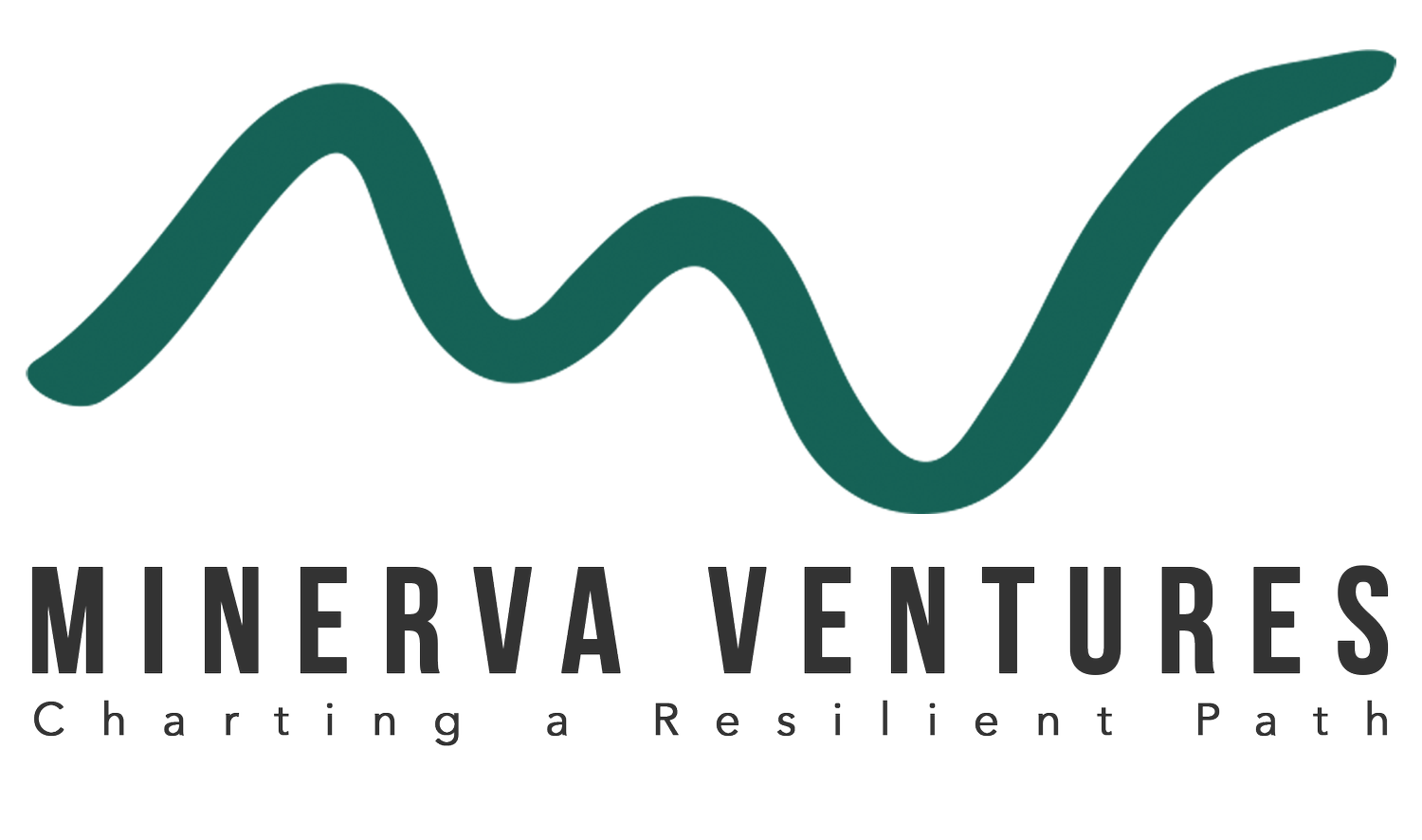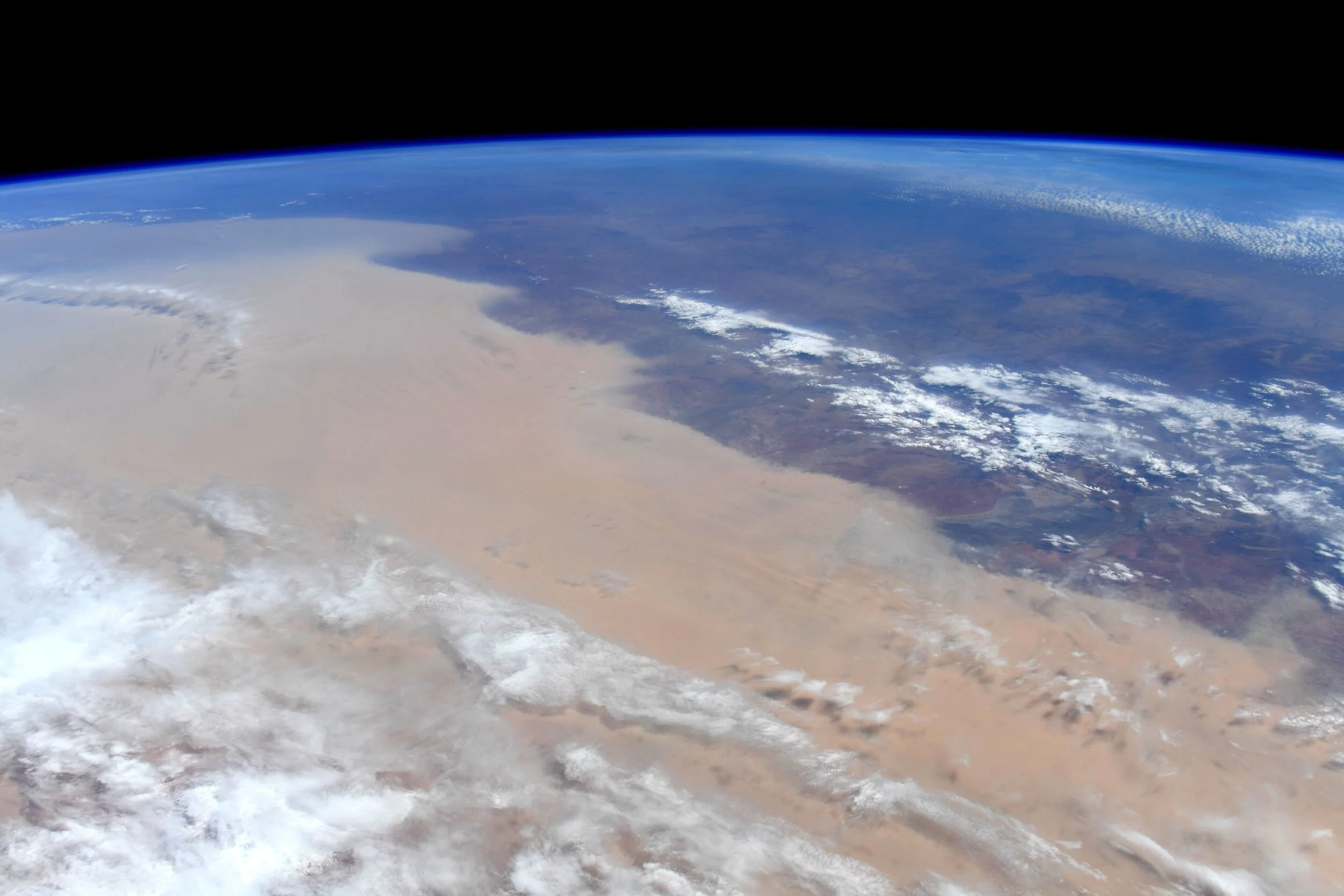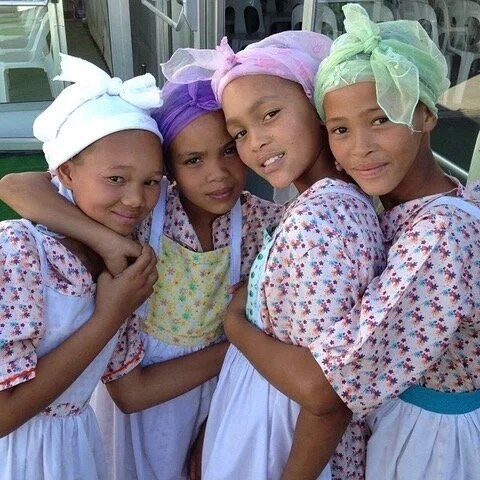Climate Risks and Indigenous Communities: Impacts and Solutions
Smoke from the Australian Bush Fires Jan. 14, 2020, taken by astronaut Christina H. Koch from the International Space Station @Astro_Christina
As we begin to understand the devastating impacts of the Australian “mega-fires” on the country’s economy ($100 billion), landscape (more than 25.6 million acres torched) and biodiversity (an estimated 1 billion animals killed), very little has been written about the consequences of the fire on the continent’s aboriginal peoples. Most news reports have ignored the impact of climate-driven catastrophes on indigenous populations and their sacred and heritage sites. Indeed, most of the climate-related discussions involve the impact of climate change on large cities and ignore the impacts on the rural areas surrounding those cities.
Indigenous communities are disproportionately at higher risk of adverse consequences with global warming of 1.5°C and beyond. Indigenous peoples are at risk since they live off the natural resources and use the natural world for spiritual, cultural and medicinal purposes. An example is the Native village of Shishmaref located on Sarichef Island, in the Chukchi Sea near mainland Alaska. Its population of Inupiat Native Alaskans have been forced to relocate due to unprecedented melting of the island’s only buffer against severe storm surges, and thawing permafrost has resulted in a loss of shoreline. In 2018, in sub-Saharan Africa, about 2.6m million people have been internally displaced as a result of natural disasters that include, floods, storms, and drought. Furthermore, indigenous people are often amongst the poorest of the poor in their respective countries and they do not have the economic resources to migrate to less vulnerable and urban areas.
Though indigenous peoples have developed sophisticated knowledge on how to adapt to a changing climate and are known to be very resilient, climate events may now be occurring at a faster rate than they can naturally adapt, as is the case for many living species on Earth. Moreover, constraints on adaptation to climate change are more complex as living standards in indigenous communities are also negatively affected by social and economic challenges. Lack of services, extreme poverty, and social issues, among other factors, have all contributed to the barriers preventing indigenous peoples from adapting to climate change. All these struggles they face and those that many in the world have been trying to address through the UN Sustainable Development Goals and reconciliation, are now exacerbated.
Still, by drawing on existing traditional knowledge and other local innovations, indigenous people can be part of solutions that can help in the global effort to address this daunting challenge, especially if knowledge is woven with scientific and technological advances to adapt to climate change. Indigenous views on the natural world could be key to the transformative shifts required for the generations to come who will be dealing with climate impacts. Dramatic shifts in how we govern ourselves as a society are possible.
Indigenous peoples can be regarded as true conservationists; it is estimated that there are 370 to 500 million indigenous people living on 20% of the land and engaged with an estimated 80% of the world's cultural and biological diversity. The critical role indigenous people play in the conservation of natural resources and adapting to climate change was recently acknowledged by the Government of Canada in the formation of “Indigenous Protected Areas.” The first of which is the Edéhzhíe Protected Area in the Northwest Territories which is directly managed by the Dehcho First Nations. These examples show the growing acknowledgement that indigenous people’s livelihoods are not contrary to achieving conservation outcomes in the landscape, moreover, their leadership can be integral to addressing climate change.
Nama school girls in the Richtersveld
Minerva’s Karl Van Orsdol, is leading a long-term study of climate change impacts on an indigenous community in the arid northwestern region of South Africa. This tiny area, known as the Richtersveld, is the home of the Nama peoples, the original peoples who inhabited the region for over 2,000 years. The Nama are general pastoralists who raise cattle and small ruminants in this arid region. The cultural and economic center of the Nama people is the town of Kuboes (see Minerva’s July 2018 and August 2018 newsletters).
The study is a collaboration with The Resilience Institute (TRI) of Canada, the University of the Western Cape and the South African National Parks.
The study team, comprised of scientists, community members, and South African planners interviewed over 50% (total population of 948) of the households in Kuboes to assess climate risk exposure. Climate risks are viewed to result from the interaction of vulnerability (tendency to be adversely affected), exposure (individual, group, commodity or institution that could be adversely affected) and climate hazards (physical events or trends or their physical impacts).
The residents of the Richtersveld identified 5 main climate risks impacting their livelihood and culture: drought, high summer temperatures, high winds, loss of water resources, and loss of culturally important plants and medicines. The residents also described specific pathways that climate-related risks impact indigenous living standards.
Drought:
Drought limits the amount of vegetation available to the Nama stock and reduces water availability for rainwater harvesting for households. A lack of water in the village not only has implications for household consumption but also for making food gardens to produce fresh fruit and vegetables, which are expensive to purchase due to the long distance away from the nearest town.
High Summer Temperatures
High temperatures, especially when combined with drought, lead to vegetation mortality. The cascading effect of vegetation mortality results in large areas of bare ground, and with no vegetation cover protection, strong winds pick up sediment from these areas and adjacent mine dumps and deposit it in valuable grazing areas thereby further accelerating the desertification process. This phenomenon is observable in the Richtersveld with one side of shrubs covered with sand following the prevalent wind direction. There is a need for further scientific investigation into how these sand heaps affect the growth of the plants and how much grazing potential is lost due to this.
Farmer vulnerability is increased by the subsequent lack of adaptation options including access to natural resources, lack of herd mobility due to the unreliable water supply, lack of feed production and the overstocked rangeland. As such, 30% of livestock owners sold or lost their livestock to drought during the last five years.
Reduced Water Resources:
The drying up of wells and springs during the dry summer months and drought periods impacts livestock production, a source of meat and milk for households. Some 27% of households experienced some degree of food insecurity due to reduced water resources. Furthermore, 39 % of households felt a sense of insufficient food quality consumption and 41% mentioned in the survey that they do not consume the right amount of food every week. While South Africa is food secure at a national level, the country is still food insecure at the household level as not all households have access to adequate and nutritional food.
Increased Wind
Strong winds caused damage to water, telecommunications and electricity infrastructure, which affected the lives of all living in the community. The lack of continuous electricity supply makes households even more dependent on firewood, a resource that has become scarce in the region due to historic overuse, especially around the village. Wind contributes additional pressure on the limited firewood resources in the rangeland.
Strong winds even impact the local primary school which becomes disrupted due to the broken infrastructure (e.g. a broken window and roofs) and some learners and teachers develop anxiety as a result of the whistling sounds of the wind and clapping of roof sheets. These disruptions have been shown to have negative psychological and physical impacts on children. As a consequence, these effects will have negative long-term impacts on the community due to the infringement on the education of learners, as thus therefore an opportunity out of poverty.
Sand and dust storms and hot temperatures also aggravate chronic illnesses. In our survey, we found that chronic illnesses such as hypertension (45%), diabetes (20%), asthma (7%) or cholesterol were prevalent in households. In many instances, some members of households had more than one chronic illness. Diabetic patients are at risk from hot temperatures as they would most likely experience greater health problems than those who do not have diabetes. Mineral dust emissions from arid lands also contribute to the development and aggravation of many respiratory and cardiovascular illnesses such as asthma.
These impacts further increase the monthly medical costs for households, where some have to spend more than half of their monthly income to visit a medical doctor, which is 62 km away. Kuboes residents only have free access to a state nurse every two weeks, which is insufficient to attend to the increasing health needs of the community.
Conclusions
The pressures that climate change exerts on indigenous communities impact living standards, income, health and culture. They promote migration to urban areas and accelerate the loss of natural resources on which indigenous communities depend. Through this dependency, indigenous communities are the first to understand and discuss how a changing climate is affecting them. We should listen to what they have to say.
Figure 1. Impact chain showing the processes that lead to climate risks for households in Indigenous Communities and their adaptation options in the Richtersveld, South Africa.



